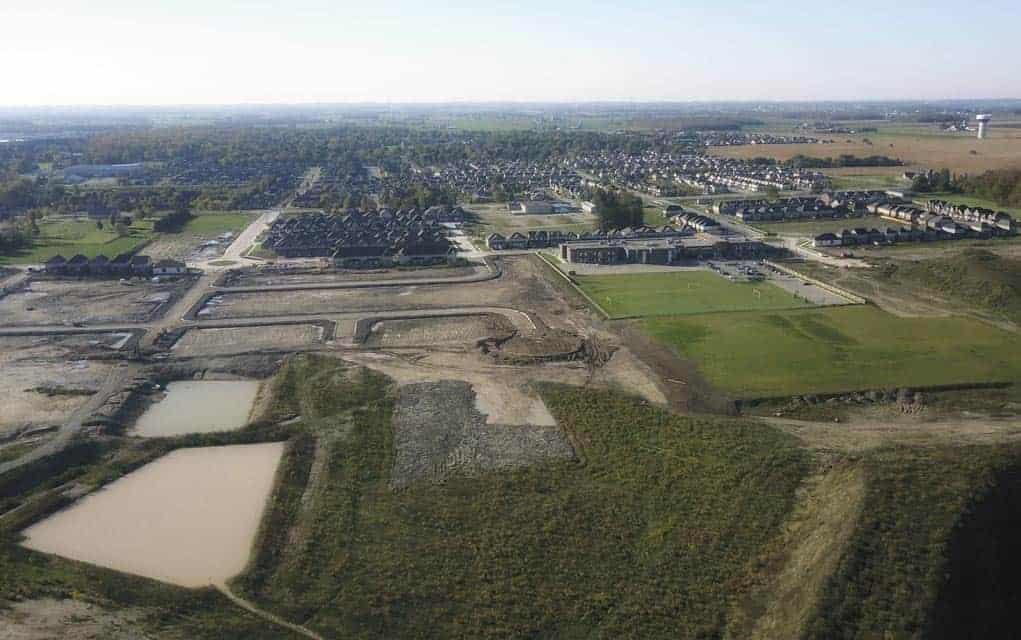;
;
;
Next Article
Losing streak hits four as Jacks drop a pair

The region’s housing market could do with more family-friendly rental options, suggest a new report from the University of Waterloo. A master’s thesis by planning student Xinyue Pi, “Exploring Rental Housing Markets in Kitchener-Waterloo, Ontario,” suggests the market is underserved in that capacity
Last updated on May 03, 23
Posted on Oct 19, 17
3 min read
